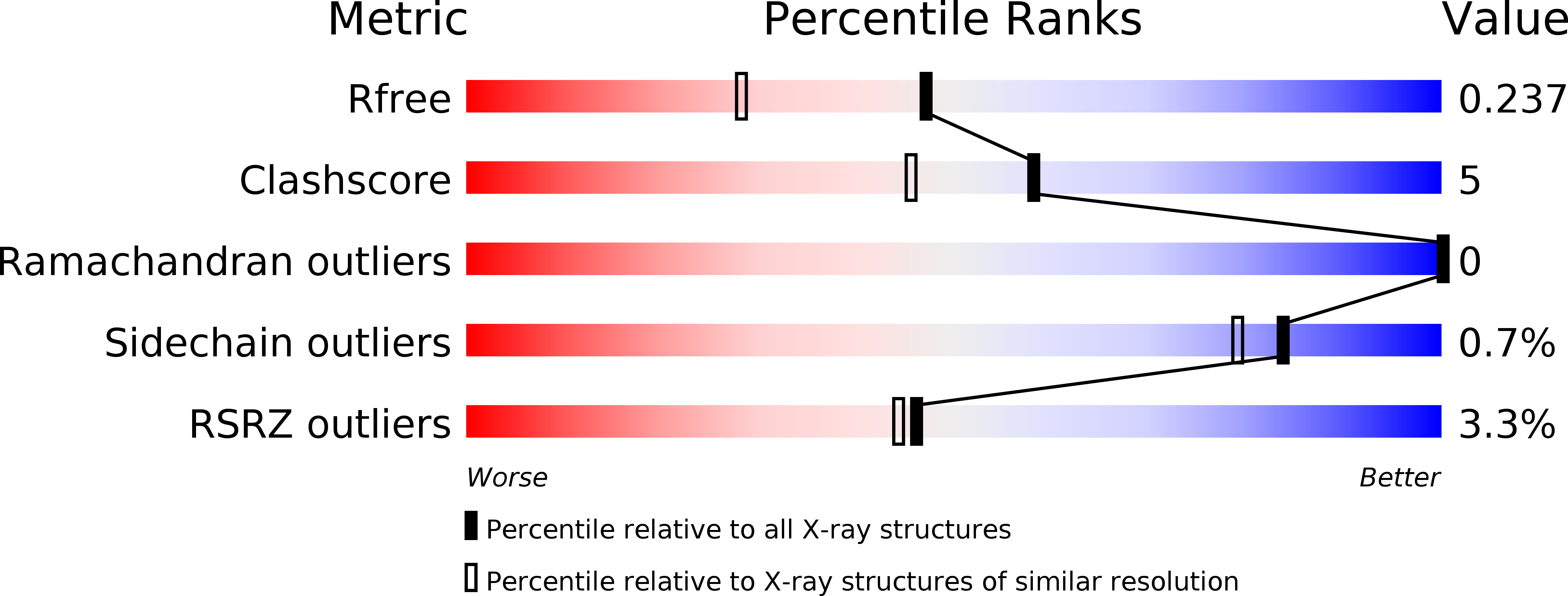
Deposition Date
2016-11-12
Release Date
2017-01-25
Last Version Date
2023-10-04
Entry Detail
PDB ID:
5TWA
Keywords:
Title:
Crystal structure of Geodia cydonium BHP2 in complex with Lubomirskia baicalensis Bak-2
Biological Source:
Source Organism:
Geodia cydonium (Taxon ID: 6047)
Lubomirskia baicalensis (Taxon ID: 289074)
Lubomirskia baicalensis (Taxon ID: 289074)
Host Organism:
Method Details:
Experimental Method:
Resolution:
1.85 Å
R-Value Free:
0.23
R-Value Work:
0.20
R-Value Observed:
0.20
Space Group:
I 1 2 1


